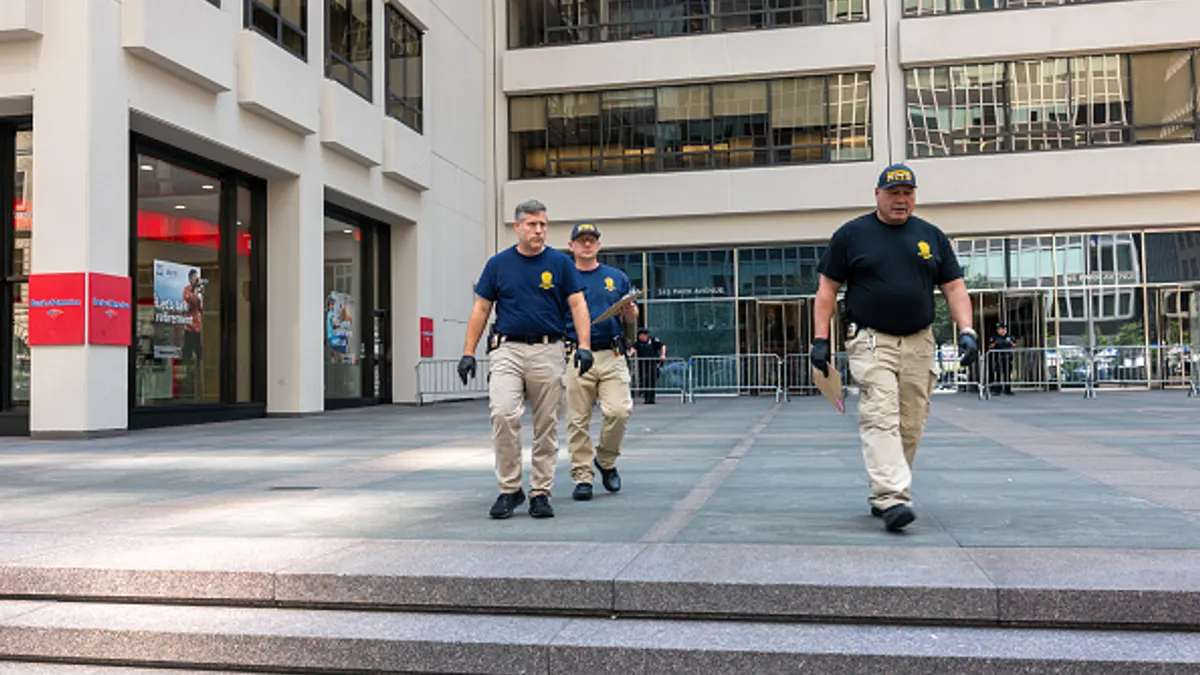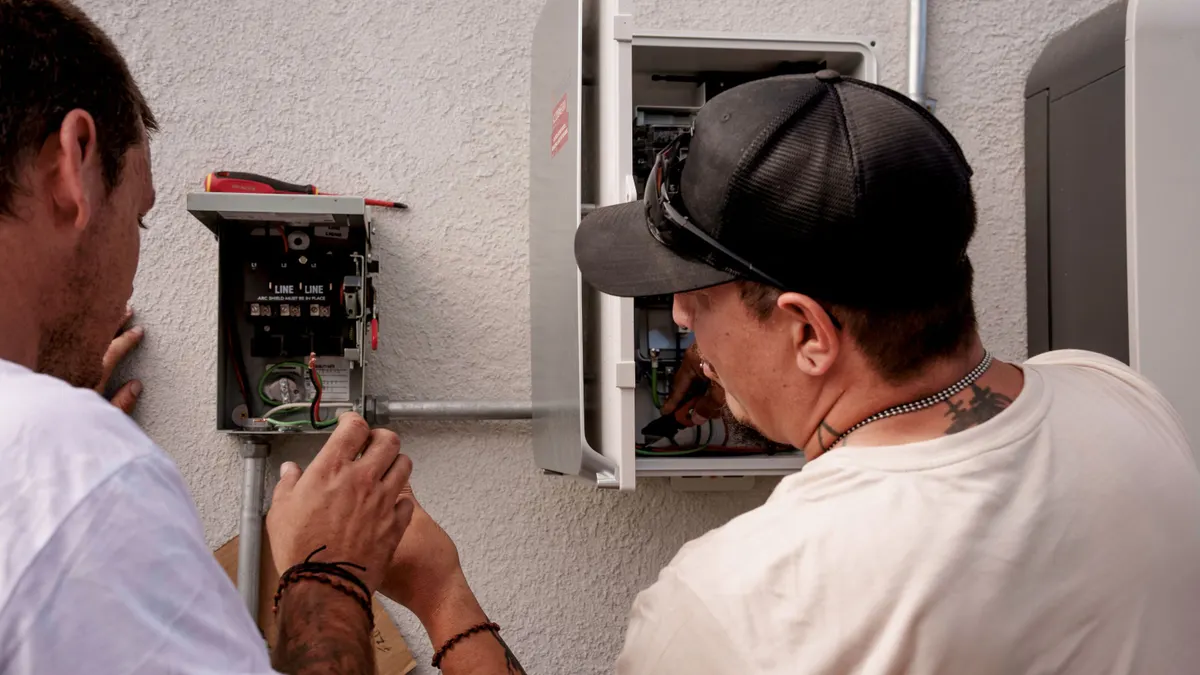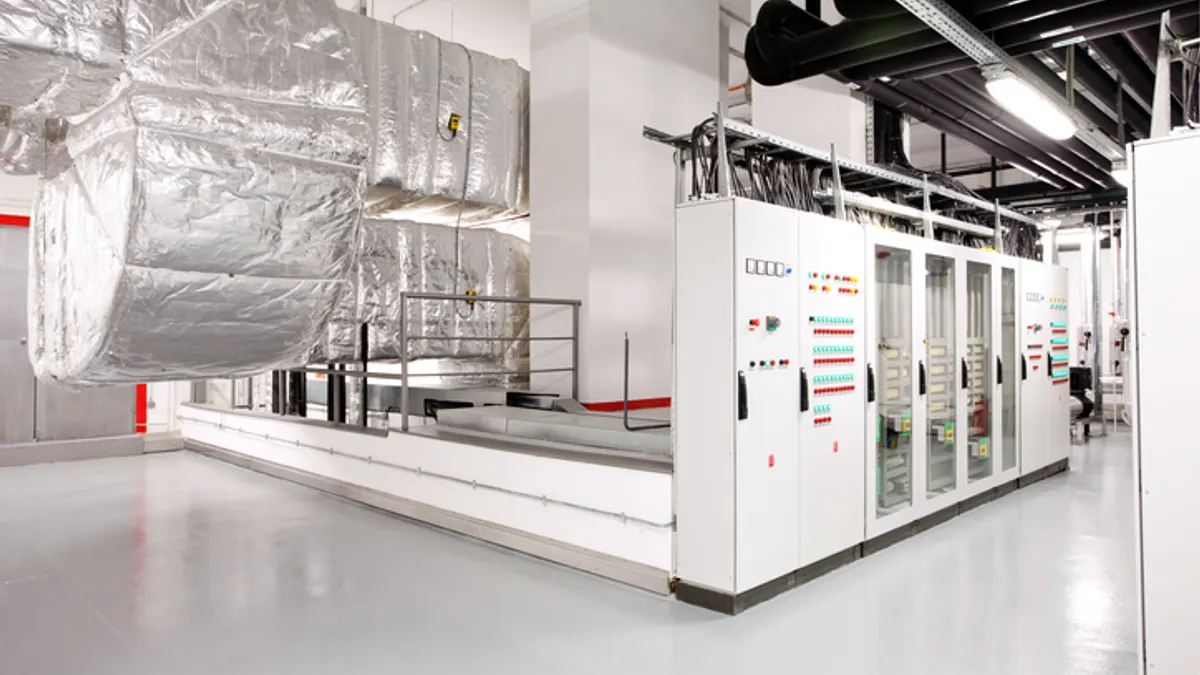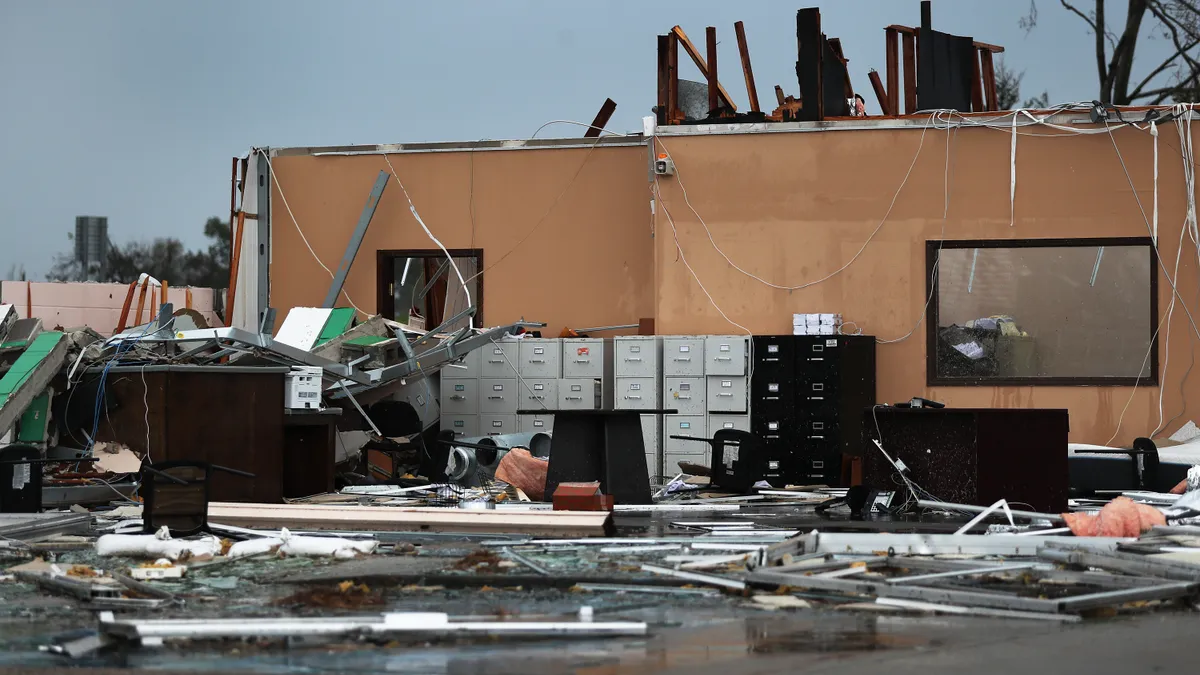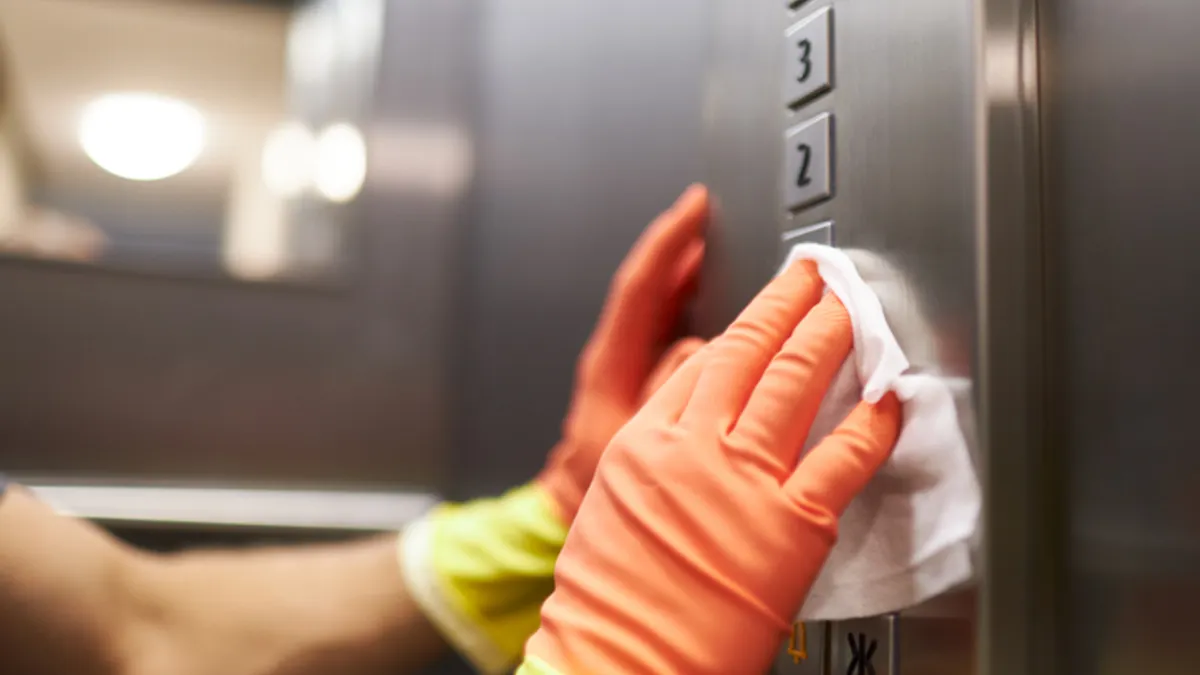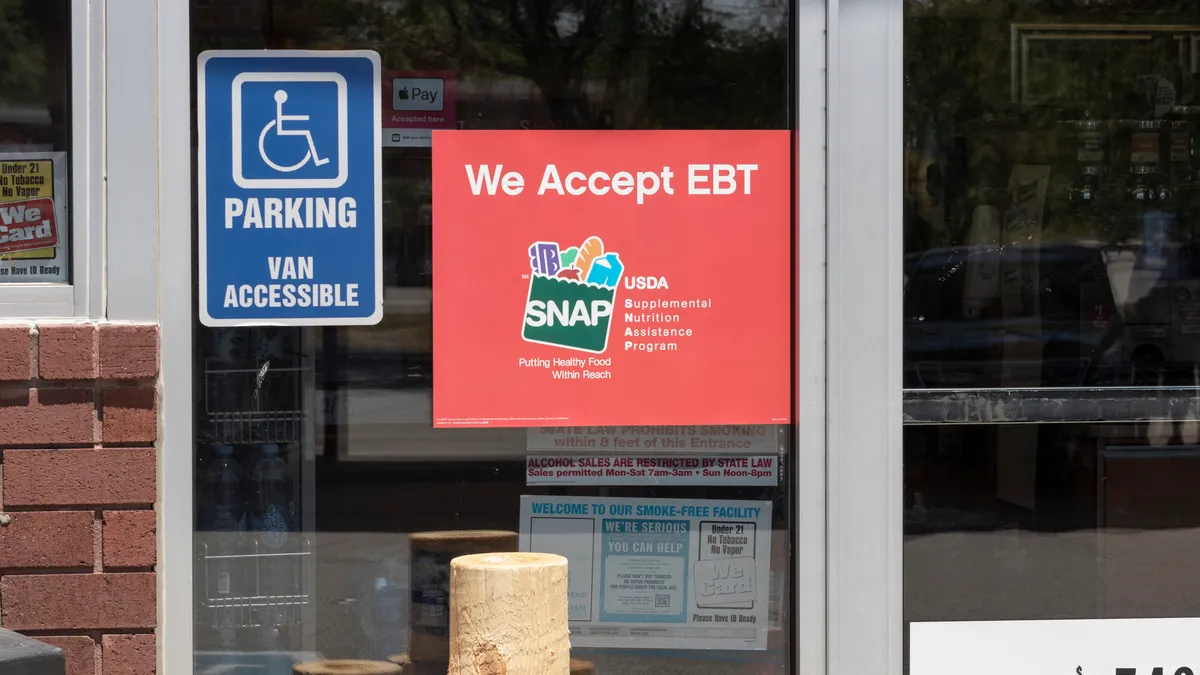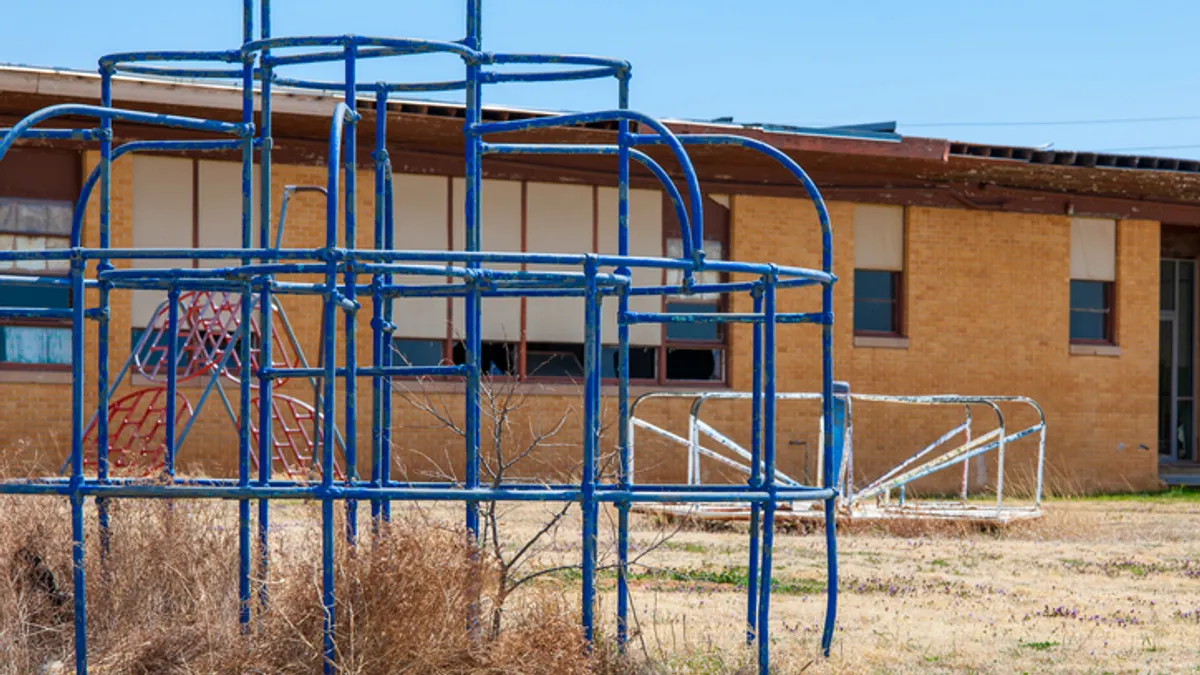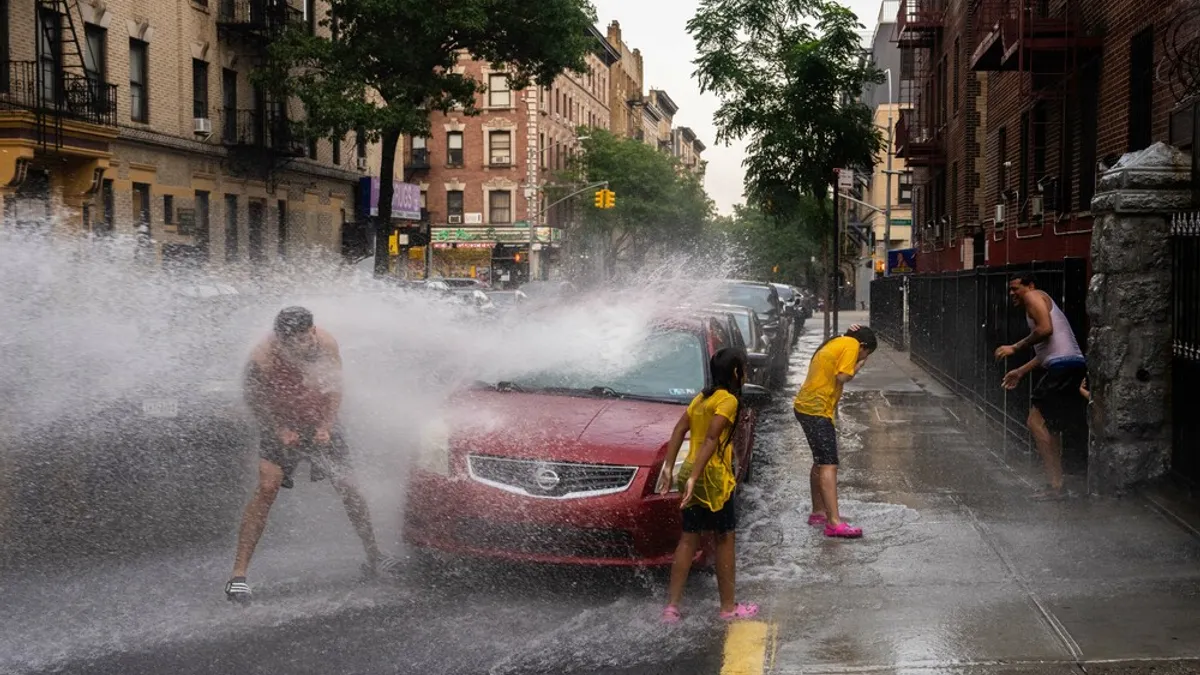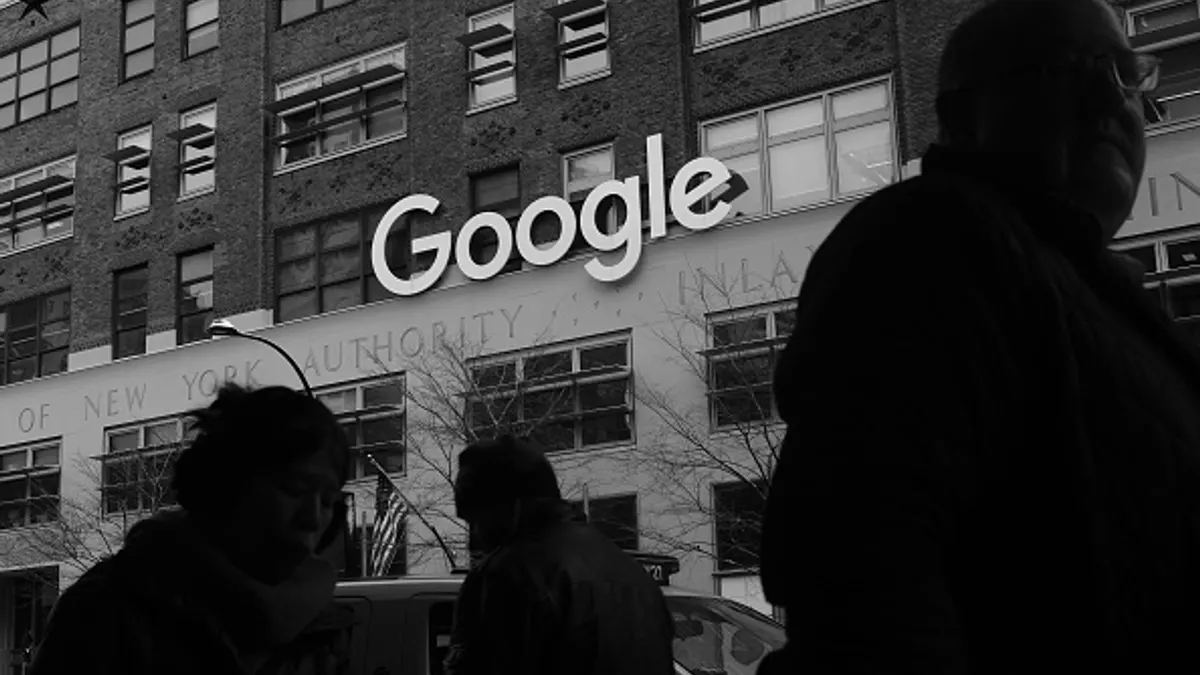CEIA USA makes money when schools buy its metal detectors, but one of its employees would rather not see the market grow as fast as it has.
"It's not right,” Tom McDermott, a company representative who advises schools on safety issues, said in an NPR episode last month. “We need to solve this problem. It's good for business, but we don't need to be selling to schools."
School officials are unlikely to stop buying anytime soon. Since the 1999 shooting at Columbine High School in Columbine, Colorado, when 13 students and a teacher were killed, there have been 400 school shootings, NPR reported based on a Washington Post analysis. The shootings have helped create a school security industry in the U.S. that market research firm Omdia says is $4 billion in size and growing.
"Some people want to put their heads in the sand and pretend like it's not going to happen to them," Sarah McNeeley, a sales manager with SAM Medical, which sells trauma kits, said in the NPR episode. "Being prepared and having these devices in the schools is essential."
It’s not just schools driving security spending growth. The U.S. physical security market, of which commercial properties are a big component, is expected to grow to almost $57 billion in 2030, up from $38 billion in 2023, research shows.
Incidents like the shooting at 345 Park Ave. in July are likely behind some of that growth. With high-profile tenants like the NFL and private-equity firm Blackstone, the office building had a reputation for strong security like many other buildings in Manhattan. But the gunman was able to walk through its doors without incident despite openly carrying an AR-15.
"It takes significant resources [to] prevent somebody from having free flow access through a facility," Matthew Dumpert, global leader of enterprise security risk management at financial and risk advisory firm Kroll, said in a Reuters report.
Dumpert and executives at other firms told Reuters the number of calls they received from organizations seeking building security advice skyrocketed after the shooting.
“Clients [called] with questions about how to protect themselves from similar attacks,” Dumpert said.
As long as shootings remain elevated, facilities managers will be under a spotlight for the steps they take to secure their buildings.
“We will not accept this as ‘business as usual,’” employees at the Centers for Disease Control in Atlanta said in August after their office was sprayed with more than 150 bullets by a gunman who reportedly was worried about vaccine safety. Speaking through their union, the employees said they wanted bullet-resistant glass installed in all of the buildings on the CDC campus, armed guards, weapons detection capabilities and an enhanced alert system.
“Temporary fixes won’t cut it,” the employees’ union said.
Schools with resources are increasing their use of security guards, adding bullet-resistant glass to their buildings and contracting to have drones operate on their campuses. A handful of Florida schools are participating in a pilot program in which they’re maintaining on-site drones that can be deployed if there’s an incident.
“In a school shooting, most of the death happens in the first 120 seconds, so [the drones are] about how quickly can you get there to engage the shooter,” Justin Marston, CEO and co-founder of drone company Campus Guardian Angels, said in a CBS News report.
Florida has approved $557,000 in its 2025–2026 budget to fund the drone program in three school districts, the CBS report said.
Security list
There are a handful of items facilities managers can put on their shopping list if they don’t want to take chances on security, Shaun Pace, president of San Antonio-based security company Pace Protection, said in an Inc. report. These include bullet-resistant glass, a second set of doors at entrances, gun detectors, a panic alarm system and heightened elevator security.
Different grades of bullet-resistant glass are available but facilities managers can also coat building exterior windows with bullet-resistant film, which is cheaper and can buy occupants time to find cover before the bullets penetrate the glass, Pace said in the Inc. report. “Every second can save a life in these situations,” he said.
A set of security doors directly behind the main entrances is a way to isolate the interior of a building from intruders after they’re inside. “Guests shouldn’t be able to just stride into an office building, especially places housing high-profile companies like the NFL and Blackstone,” Pace was paraphrased as saying.
Weapons detectors installed directly behind the security doors can trigger an alert if someone’s carrying a gun or an explosive device. The technology is more advanced than a standard metal detector. It costs between $40,000 and $50,000 for each unit, Pace said.
In the 345 Park Ave. shooting, occupants were texting to warn others in the building of the intrusion, something they wouldn’t have to do if the building had a panic alarm system, Pace said. Ideally, the system would announce the threat over a voice intercom and trigger flashing lights on each floor. Relying on occupants to text one another, Pace said, is far from “standard practice.”
Enhanced elevator security can be a last line of defense by enabling any security officer or building management employee to shut the system down if an intruder is heading to another floor. In the case of 345 Park Ave., only the security guard who was slain in the incident could shut down the elevators, the Inc. report said, so the shooter was able to get to an upper floor, where he shot a Blackstone employee.
Having only one person able to shut down the system is “absolutely not” a best practice, Pace said.
The list of security upgrades might seem extreme but there have been 350 mass shootings in the U.S. since the start of this year, according to Gun Violence Archive. The two most common settings are workplaces and schools, where 28% and 22% of the shootings occur, respectively, according to a tracker maintained by the Rockefeller Institute of Government.
Editor’s note: Omdia is owned by Informa, parent company of Informa TechTarget, of which Facilities Dive is a part. Facilities Dive makes editorial decisions independent of Informa.


